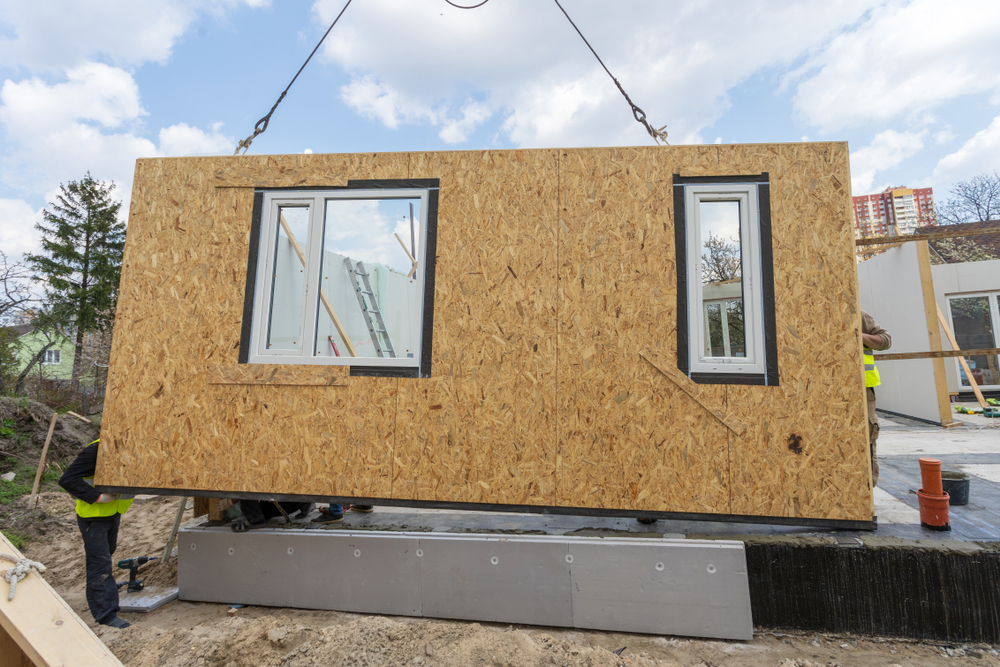Modular houses, also known as prefab homes, are gaining ground in the housing market of the 21st century. These dwellings are produced in a factory setting well before their final installation, commonly crafted in modules that can be transported and assembled with ease. As opposed to the on-site construction of traditional houses, modular homes bring a novel collection of advantages that align with contemporary needs for quick, green, and cost-sensitive building solutions.

Streamlined Building and Design Efficiency
A prime benefit of modular homes lies in the streamlined nature of their construction. With parts fabricated in the predictable conditions of a factory, production sidesteps the typical holdups, such as poor weather, that can hinder on-site building. This results in swifter construction times and the assurance of consistent quality across the finished dwelling.
The factory environment promotes precision in assembly, reduced material surplus, and enhancements in the structure’s tightness — factors that cumulatively boost insulation properties and energy conservation. These efficiency gains represent not only financial savings but also a lowered environmental burden, marking modular homes as a choice of preference for those with environmentalist leanings.
Diverse Customization and Adaptability
Dispelling the myth of a one-size-fits-all model, contemporary modular homes come loaded with customization possibilities. Buyers have the luxury of selection among varied layouts, finishes, and amenities, enabling one to imbue their residence with personal flair and functionality. Such vast options accommodate an array of stylistic preferences, ranging from classic to modernist tastes.
Moreover, the adaptable nature of modular homes simplifies future refurbishments or enlargements, a quality seldom found in traditional housing. This adaptability is particularly beneficial for growing families whose space requirements may evolve with time.
Financial Advantages
On the financial front, modular homes frequently emerge as a more budget-friendly choice than standard houses. Mass production in factories brings down per-unit costs, while swift build times translate to lower labor expenses. Planning and budgeting also become more dependable, circumventing the unforeseen costs that are commonplace in conventional construction endeavors.
Eco-Friendly Impacts and Energy Efficiency
Regarding ecological considerations, modular homes shine brightly. Often assembled with sustainable materials, they are designed for optimal energy consumption. Controlled manufacturing facilitates precise material use and appreciably diminishes excess. Besides, the superior airtightness of these homes results in heightened energy efficiencies, yielding a decrease in ongoing utility expenditures for homeowners.
Obstacles and Points for Deliberation
While modular homes abound with perks, they are not without their share of obstacles. Logistics, such as transporting house modules to the building site, can be expensive, particularly for out-of-the-way locales. Also, there is the necessity of preparing the site, inclusive of foundational work, prior to the home’s placement.
Furthermore, societal biases against modular homes sometimes paint them as subpar to traditional construction. Nevertheless, this sentiment is in a state of flux thanks to advancements in the quality and sophistication of these modular abodes.
In wrapping up, modular homes present a strong case as an innovative choice within the realm of home construction through their time-saving, adaptable, cost-efficient, and eco-friendly characteristics. As advancements in the field progress, these homes are poised to claim an even more significant slice of the residential pie. For those in pursuit of a modern and efficient path to homeownership, modular homes stand out as a logical and appealing option.







